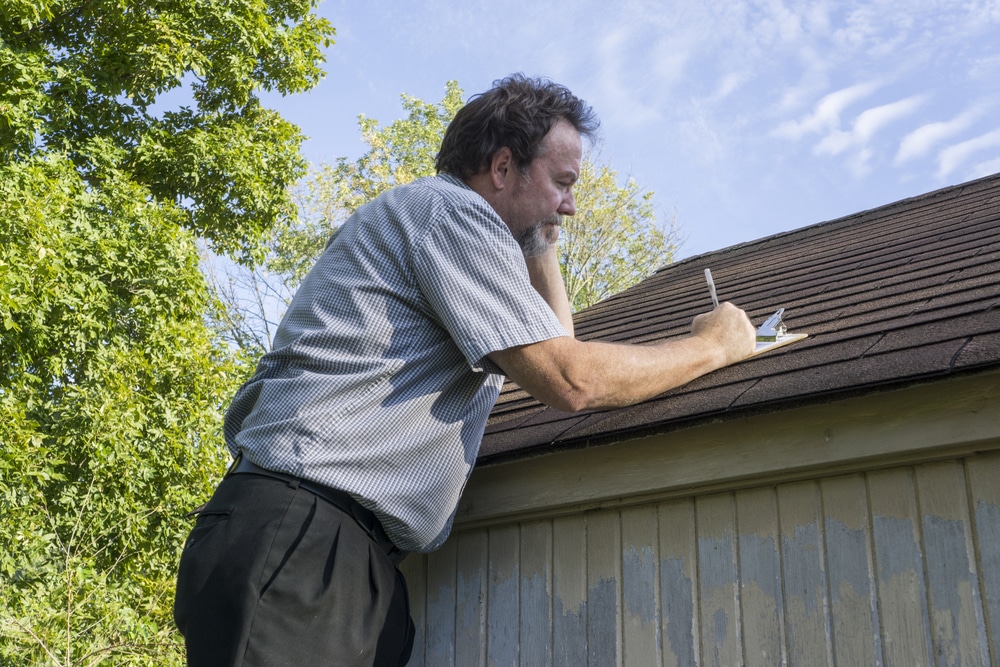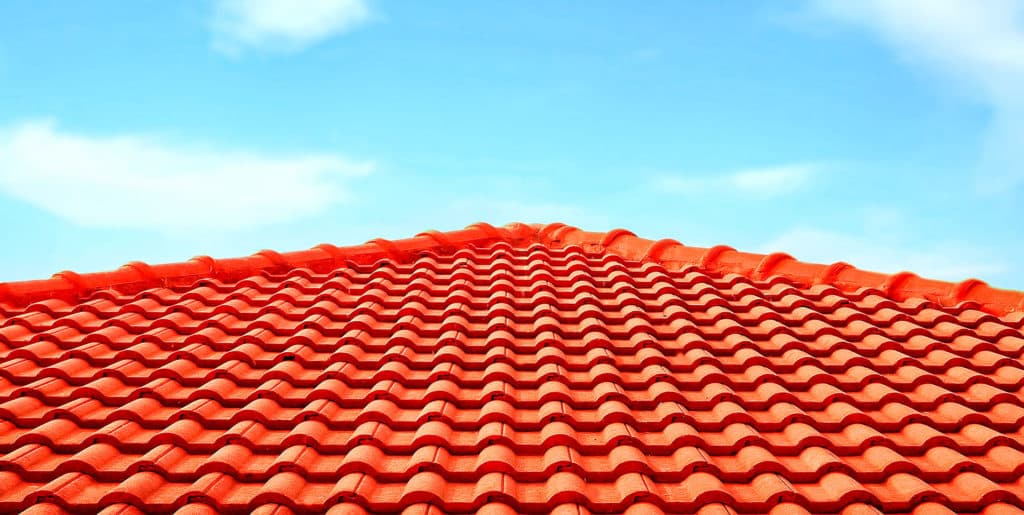Do Clay Roofs Last A Long Time In Phoenix?
Clay roofs are popular in Phoenix due to their aesthetic appeal and durability. In areas with hot weather, clay roof tiles have been known to last for up to 50 years; longer than other materials such as asphalt shingles. As the cost of installation is higher than that of asphalt shingles, understanding how long a clay tile can last in Phoenix is important for those considering investing in one. This article will explore whether a clay tile roof can withstand the heat and intense sunlight found in Phoenix over an extended period of time.
In this article, we will look at various factors that impact the longevity of a clay tile roof when exposed to extreme temperatures and conditions typical of Phoenix’s climate. We will consider aspects such as material composition, maintenance requirements, advances in technology and the effects of changing climates on these types of roofs. The findings from our research may be useful for those looking into installing a clay tile roof in Phoenix or other similar arid environments.
What are Clay Roofs?
Clay roofs are a popular choice among homeowners due to their aesthetic appeal and durability. They are constructed with clay tiles that interlock on the roof, forming an impermeable barrier against wind and rain. Clay roofs can be found in various colors, sizes and shapes providing versatility for design projects. Additionally, they offer superior insulation compared to other material choices such as asphalt shingles or metal sheeting.
Clay tile roofs have been used for centuries throughout the world, but the modern version is more resistant to wear and tear from extreme weather conditions. The ability of these materials to withstand high temperatures makes them ideal for hot climates like Phoenix, Arizona where summers see triple-digit highs. In addition, because clay tiles do not require frequent replacement or maintenance over time, they remain cost effective when compared to other roofing systems.

Benefits Of Clay Roofs In Phoenix
Clay roofs are an excellent roofing choice for Phoenix homeowners. Clay tiles are made from fired clay, and they can last up to 50 years with proper maintenance. The tiles provide superior insulation, which helps keep temperatures stable in hot climates such as Phoenix’s. Additionally, the tiles act as a natural fire retardant, meaning they will help protect your home in the event of a wildfire. Furthermore, clay tile roofs have low water absorption rates and can be sealed against leaks so that they remain waterproof even in heavy rain or snowfall. Lastly, clay tile roofs are extremely durable and resistant to wear and tear due to exposure to wind, sun, and other elements common in desert environments like those found in Phoenix.
Disadvantages Of Clay Roofs In Phoenix
Clay roofs are not a recommended choice for many Phoenix homeowners due to the desert climate. Clay tiles can become brittle and crack in extreme temperatures, leading to water damage of the roof structure and potential leaks into the home. Furthermore, clay roofs do not provide enough insulation against heat transfer from strong sunlight during summertime months. This could result in higher energy bills as air conditioners must work harder to cool down homes with insufficiently insulated roofs. Clay tile installation is also more labor intensive than other roofing materials, resulting in additional cost for installation. As such, clay roofing may be best avoided in hot climates like that of Phoenix.
Factors That Affect The Longevity Of A Clay Roof In Phoenix
The durability of a clay roof in Phoenix depends on several factors. The type and quality of the clay used, ventilation, slope angle, installation technique, climate and maintenance all play important roles.
When compared to other materials such as concrete tiles or asphalt shingles, the high-fired clay material is highly resistant to weather conditions such as extreme temperatures and heavy rains. However, it can be prone to cracking if not properly installed with sufficient breathability at the eaves, along with adequate insulation underneath. Slope angle is also an important factor; too steep a slope may cause excessive wear and tear on the surface due to water run-off while too shallow may lead to ponding which eventually causes leakage. Finally, proper maintenance should be regularly conducted in order maintain its longevity as any missing or damaged tile must be replaced immediately.
In summation, there are various factors that affect how long a clay roof will last in Phoenix including type and quality of the material used, ventilation levels for breathability, pitch of the slope angle for drainage purposes, correct installation techniques applied by professionals, overall climatic conditions like temperature variations throughout the year and regular preventive maintenance routines.
Maintenance And Repair Requirements For Clay Roofs In Phoenix
Clay roofs are known for their long-lasting durability in hot climates, such as Phoenix. Clay is an excellent material choice to reduce the temperature of a rooftop and block UV radiation; when properly installed, clay roofs can provide homeowners with up to 50 years of protection. In order to ensure that your clay roof lasts its full life expectancy, regular maintenance and periodic repairs may be necessary.
Inspection and cleaning should occur at least twice a year — during spring and fall. During these inspections, loose tiles or any other signs of damage must be addressed immediately by either repairing or replacing them. If moss has begun to form on the surface, it should also be treated with a special solution formulated specifically for clay tile roofs. Additionally, debris from nearby trees should be regularly swept away from gutters and valleys in order to prevent water accumulation which could cause cracks or leaks in the roofing structure over time.
With proper care and timely repair work, you can maintain the health of your clay tile roof so it will remain intact for decades without major issues arising. Keeping up with annual preventive measures like inspection, cleaning, and minor repairs exposes potential problems before they become larger ones while extending the longevity of your clay tile roof in Phoenix’s harsh climate conditions.

Cost Considerations For Installing A Clay Roof In Phoenix
The cost of installing a clay roof in Phoenix is an important factor to consider. Clay tiles, which are often made from recycled materials, have the potential for significant savings when compared to other types of roofs such as asphalt shingles. The installation costs may vary depending on the complexity of the job and any special requirements. For example, if additional insulation or specialized flashing techniques are needed, these will add to the total cost. In addition, labor costs can be higher due to the extra care that must be taken during installation.
In terms of maintenance and repair needs, clay tile roofs generally require less upkeep than many other roofing materials due to their durability and resistance to weather damage. There may still be some periodic repairs required but they tend to be fewer than with a typical asphalt shingle roof. The long-term value of a clay roof in Phoenix should not only take into account its initial cost but also include factors like lifespan and ongoing maintenance expenses over time.
Alternatives To Clay Roofs For Homeowners In Phoenix
Homeowners in Phoenix need to consider other roof materials than clay due to the city’s hot and arid climate. Asphalt shingles, for example, are a popular choice among local homeowners because they can last up to 25 years with proper installation and maintenance. They also come in a variety of colors and styles, making them aesthetic choices as well. Metal roofs are another option that offer good protection from heat and ultraviolet rays but may be too expensive for some budgets. Concrete tiles have an expected lifespan of 30-50 years depending on quality and manufacturer, however their weight makes them difficult to install without reinforcement on existing structures. Lastly, synthetic slate is becoming increasingly more popular due to its durability, longevity (up to 50 years), light weight, resistance against hail and fire damage, as well as its affordability when compared to natural slate or tile.
Whether selecting asphalt shingles or synthetic slate tiles, it is important for Phoenix homeowners to hire experienced roofers who know how best to install these alternative roof types in the area’s desert climate. With adequate research into available options and professional installation services, homeowners should find a suitable long-term solution for their home’s rooftop needs.


